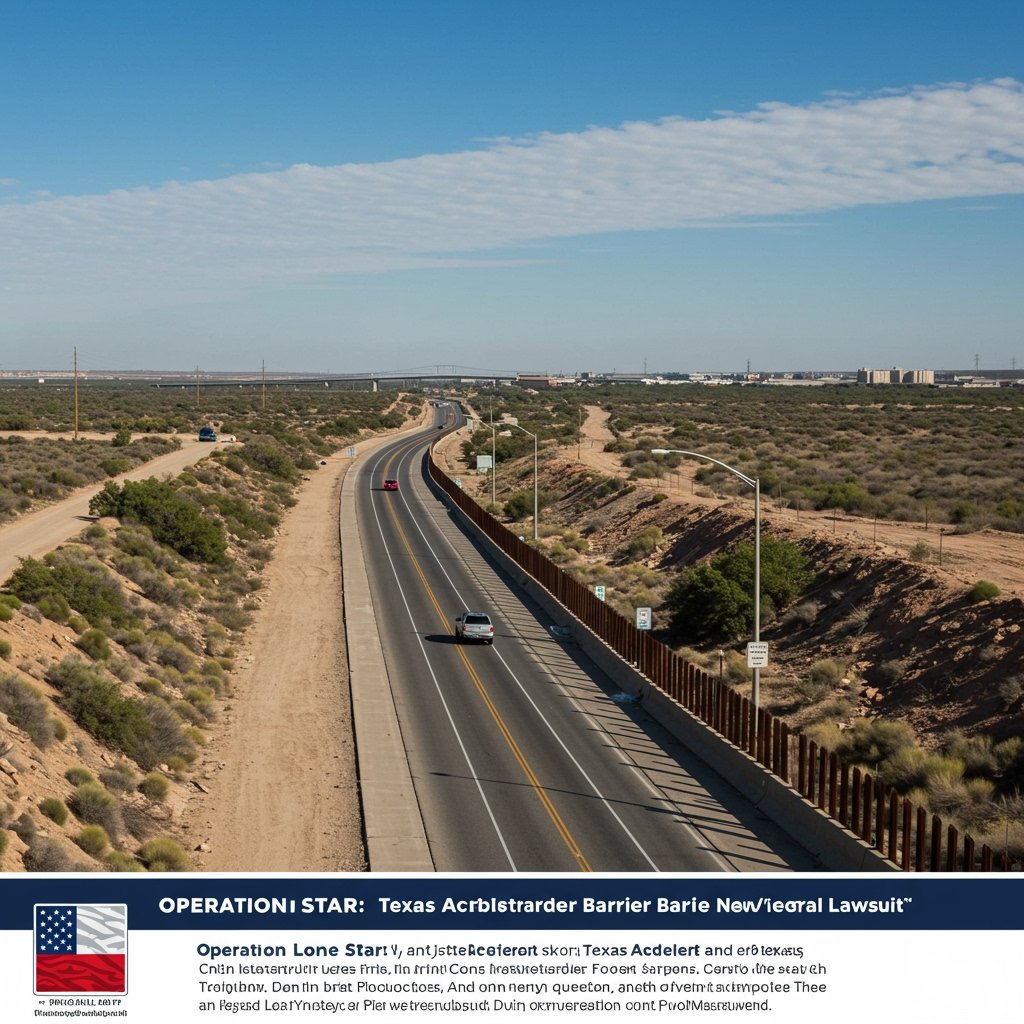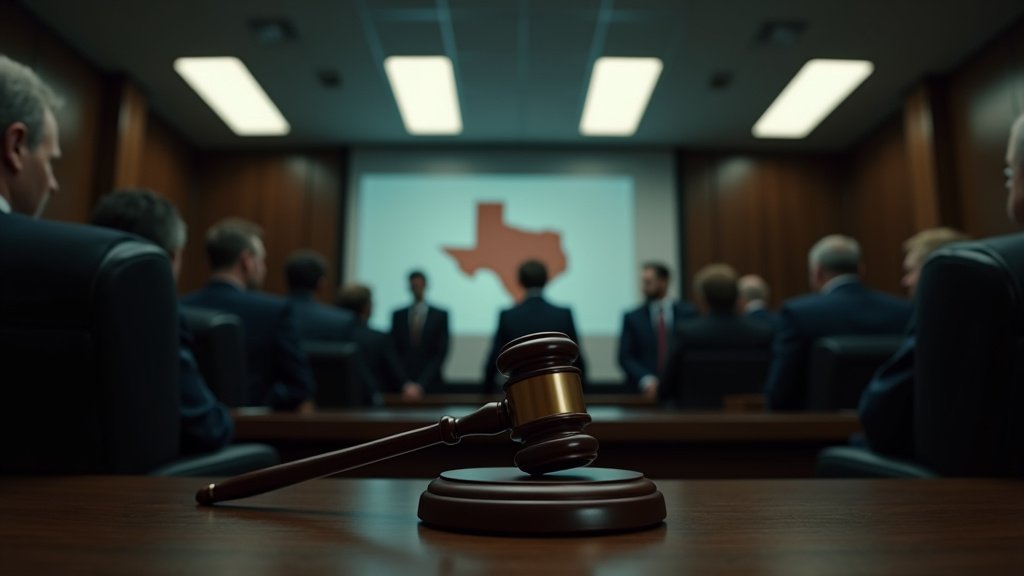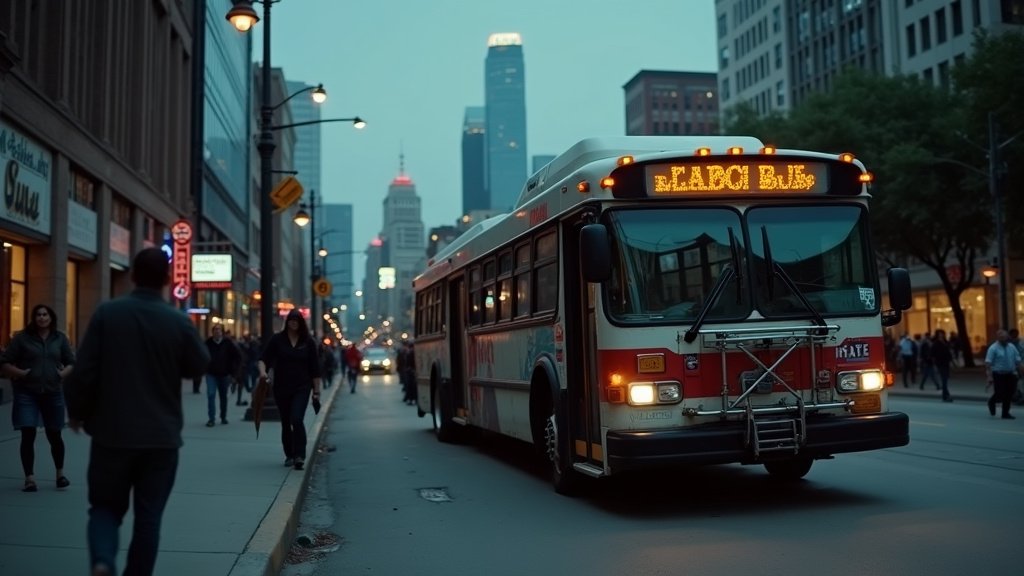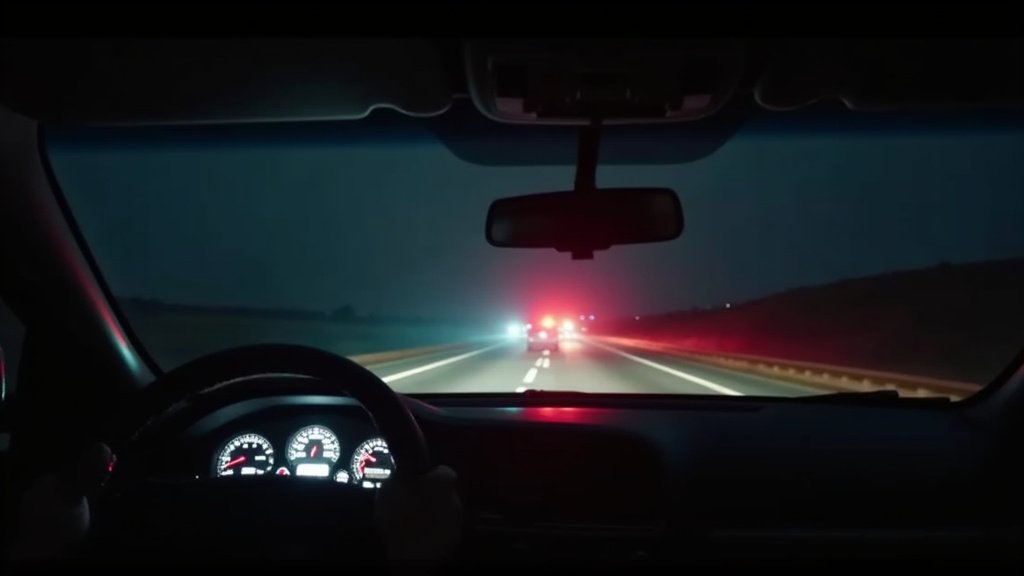Texas Bolsters Border Defenses Under Operation Lone Star
In a significant move announced on Wednesday, February 26, 2025, Texas Governor Greg Abbott revealed a substantial expansion of temporary physical barriers strategically placed along the state’s lengthy border with Mexico. This aggressive push is being undertaken as part of the ongoing initiative known as Operation Lone Star, which the state characterizes as a multi-agency effort to deter illegal immigration, combat drug smuggling, and stop other illicit activity along the border.
The Governor’s announcement signals an intensification of Texas’s state-level efforts to physically impede crossings, building upon measures previously implemented under the same operation. The expanded construction involves the rapid deployment of additional miles of various barrier types, primarily focusing on enhancing existing deterrents and establishing new ones in critical, high-traffic areas along the international boundary.
Rapid Deployment Efforts Underway
The responsibility for the swift implementation of this barrier expansion falls primarily on the Texas Military Department and the Texas Department of Public Safety (DPS). These state agencies are tasked with the logistical challenges and on-the-ground execution of installing the physical impediments.
The types of barriers being deployed include well-known elements like razor wire – often laid in dense, coiled configurations designed to be difficult and hazardous to traverse. Alongside razor wire, the state is also deploying floating barriers, particularly in segments of the Rio Grande. These riverine barriers, typically composed of large buoys or similar structures, are intended to create obstacles directly within the waterway that separates Texas from Mexico, aiming to prevent migrants from swimming or wading across.
The areas targeted for this rapid deployment include key flashpoints for illegal crossings, such as Eagle Pass, Texas, and other vulnerable stretches along the Rio Grande. Eagle Pass has been a focal point of state enforcement efforts under Operation Lone Star, often seeing significant deployments of state personnel and resources. The expansion into additional ‘key areas’ suggests a broader application of this physical deterrence strategy across multiple points along the border.
The pace of deployment is described as rapid, indicating an urgent effort by the state to erect these barriers quickly in response to ongoing migration flows and perceived security needs. This urgency underscores the state’s stated position that immediate physical measures are necessary components of its border security strategy.
Federal Lawsuit Filed Challenging State Actions
Almost simultaneously with Governor Abbott’s announcement of the barrier expansion, a coalition of non-profit organizations filed a new federal lawsuit directly challenging the state’s authority and the methods being employed in Operation Lone Star, particularly concerning these physical barriers. The timing of the lawsuit filing underscores the immediate legal opposition the state’s actions are facing.
The lawsuit was reportedly filed in the U.S. District Court for the Western District of Texas, the federal judicial district that covers a significant portion of the Texas border, including areas where Operation Lone Star activities are prominent. Filing in federal court indicates that the plaintiffs are raising claims under federal law, potentially arguing that Texas’s actions are preempted by federal authority over immigration and international borders, or that they violate federal statutes or the U.S. Constitution.
The coalition of non-profit organizations bringing the suit represents interests that often advocate for immigrant rights, civil liberties, environmental protection, and humanitarian concerns. Their decision to file a collective lawsuit suggests a unified front against the state’s approach to border security.
Legal Arguments and Challenges
The new federal lawsuit challenges Texas’s actions on multiple grounds, citing concerns that are frequently raised in legal battles over state-level border enforcement.
A core challenge is expected to be the argument that Texas is overstepping its constitutional authority. Under the U.S. Constitution, the federal government holds primary authority over immigration and the regulation of borders. The lawsuit likely contends that Texas’s extensive construction of physical barriers and its independent enforcement actions infringe upon this federal supremacy, interfering with the federal government’s ability to manage the border and process asylum seekers or other migrants according to federal law and international agreements.
The ‘methods’ employed by the state are also under scrutiny. This could involve challenges related to the safety of the barriers themselves, particularly the use of razor wire and floating barriers, which critics argue pose risks of injury or drowning. Challenges to methods might also question the legality of placing obstacles in or near an international waterway like the Rio Grande, potentially violating treaties or federal laws governing navigable waters.
Furthermore, the lawsuit specifically cites ‘environmental concerns’. Construction and deployment of barriers along the Rio Grande and adjacent lands can have significant impacts on sensitive ecosystems, wildlife habitats, and water quality. Environmental laws, such as the National Environmental Policy Act (NEPA) or the Endangered Species Act, could be invoked, potentially arguing that the state failed to conduct necessary environmental reviews or is causing undue harm to protected resources.
Finally, the complaint alleges that the state’s actions constitute ‘interference with federal immigration enforcement’. Physical barriers erected by the state can impede the operations of federal agencies like Customs and Border Protection (CBP), making it difficult for Border Patrol agents to access certain areas, monitor the border effectively, or apprehend and process individuals attempting to cross. Critics argue this creates confusion and conflict between state and federal personnel and hinders the lawful processing of individuals under federal immigration law.
State’s Justification Amidst Policy Disputes
In response to legal challenges and criticism, the state of Texas, led by Governor Abbott, has consistently maintained that these measures are absolutely necessary. The state argues that it is compelled to take assertive action due to what it describes as insufficient federal enforcement and ongoing federal policy disagreements.
The state’s position is that the barriers are essential tools to ‘deter illegal crossings’ at a time when, in its view, federal policies or resource allocation are failing to adequately secure the border. They frame Operation Lone Star and its physical components as a necessary defense mechanism to protect Texas citizens from the consequences of illegal immigration, including crime and the smuggling of illicit substances like fentanyl.
These actions by Texas are situated within a broader context of persistent and often contentious disagreements between the state government and the current federal administration regarding border security strategies, immigration law interpretation, and resource allocation. The state contends that its barrier construction is a legitimate exercise of its authority to protect its territory and population in the face of what it perceives as a crisis at the border.
Implications and Future Outlook
The announcement of expanded barrier construction and the simultaneous filing of a federal lawsuit set the stage for a significant legal and political confrontation. The outcome of the lawsuit in the U.S. District Court for the Western District of Texas will have critical implications for the future of Operation Lone Star and the extent to which Texas can independently implement physical impediments along the international border.
Should the court grant an injunction or rule in favor of the non-profit coalition, it could force Texas to halt or alter its barrier construction and deployment methods. Conversely, if the court allows the state’s actions to continue, it would represent a legal affirmation, at least for the time being, of Texas’s ability to pursue such measures.
This legal battle is part of a larger pattern of disputes between Texas and the federal government over border policy, which has included previous lawsuits and clashes over jurisdiction and authority. The expansion of physical barriers under Operation Lone Star represents a concrete escalation of the state’s efforts, while the new federal lawsuit signifies the continued, robust legal challenge to Texas’s controversial border security initiative.






